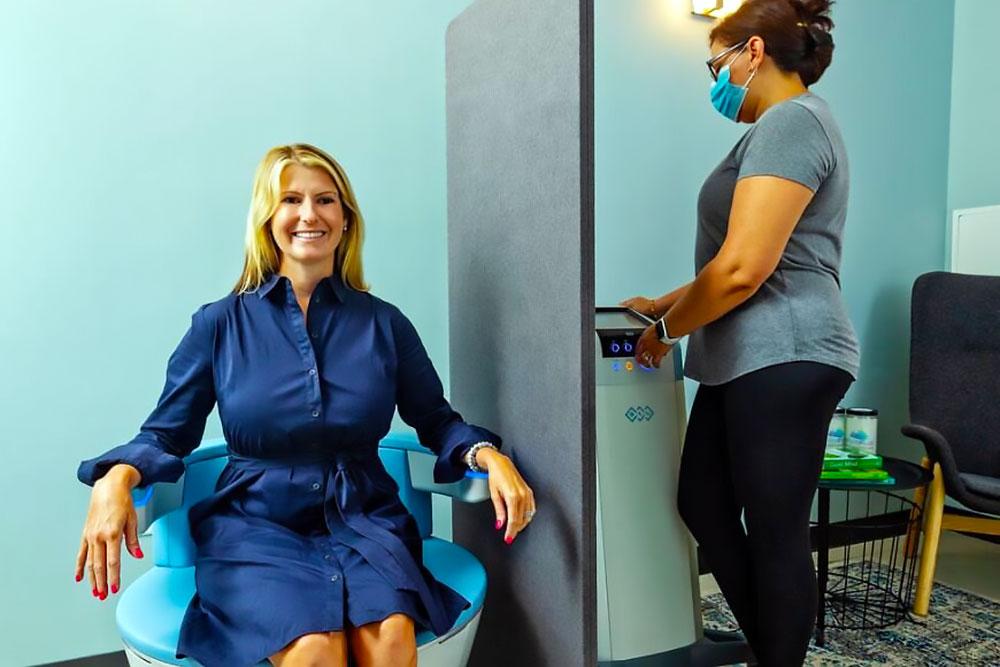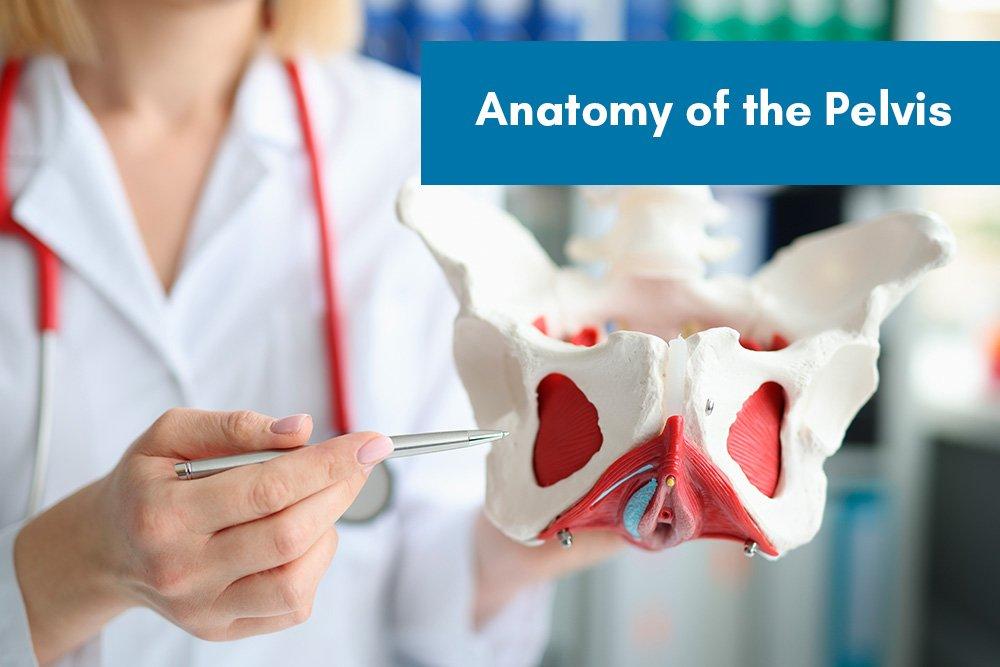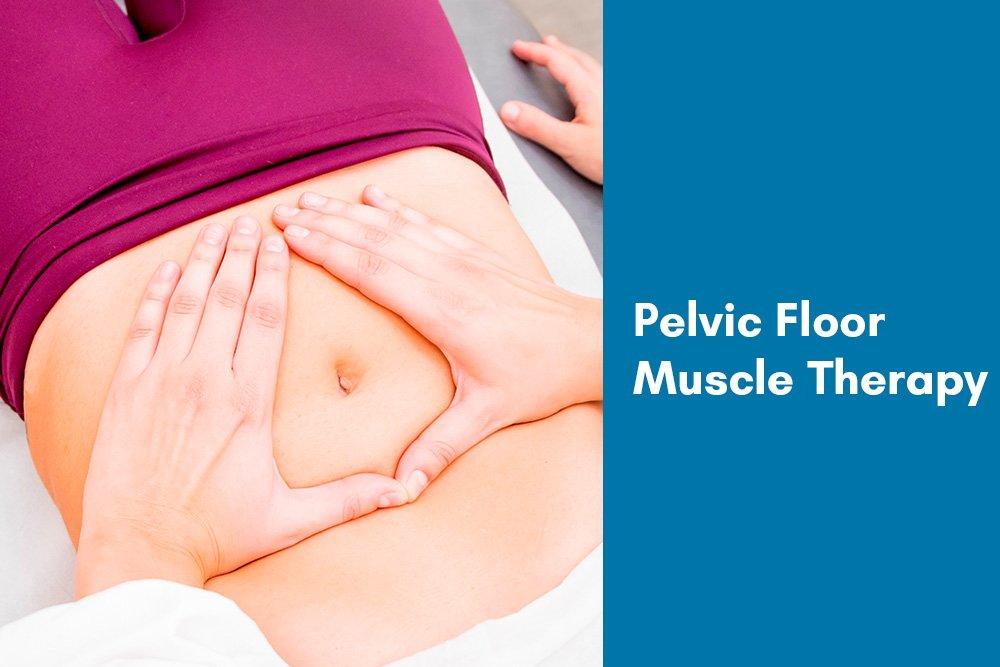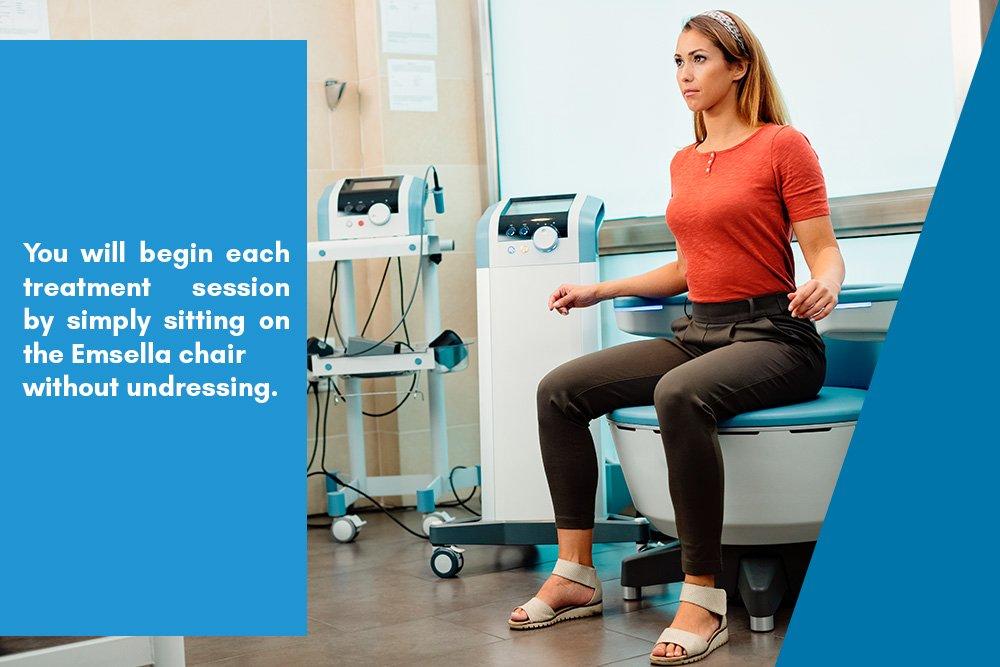
Millions of people around the world suffer from bladder leakage, medically termed “urinary incontinence”. This condition can be both extremely inconvenient and oftentimes embarrassing and can spring up at any time. A lack of urinary control can cause people to even forgo discussing the issue with their healthcare provider out of embarrassment, doubt, and fear of losing their independence. While it is most common in middle-aged and older women, incontinence can affect both men and women of any age.
The pelvic floor muscles usually are firm and strong. However, weakened pelvic-floor muscles are often a result of the natural aging process. Menopause, pregnancy, childbirth, and hysterectomy surgery are common causes of incontinence in women. Incontinence typically happens to men due to prostate issues and especially after receiving some forms of prostate treatment. Obesity, daily habits, underlying medical conditions, and physical problems as well as other factors like accidents, can also be a cause of bladder leakage in both men and women.
Anatomy of the Pelvis

The pelvic floor consists of layers of muscle and other connective tissue. The pelvic floor muscles are the base of the muscle group, commonly referred to as the core muscles. The core muscles include the:
-
intercostal muscles
-
transverse abdominis
-
rectus abdominis
-
obliques
-
diaphragm
-
pelvic muscles
This group of muscles works in unison to support virtually every movement the body makes and supports the spine and the pressure inside of the abdomen wall. The pelvic floor muscles stretch much like a hammock from the front of the pubic bone to the tailbone at the back and from one side of the ischium to the other in support of the pelvic organs, including the bladder.
Strong pelvic floor muscles provide control over bladder and bowel function. In contrast, weakened pelvic floor muscles cannot supply the needed support for your internal organs. They can result in difficulty controlling your bladder and affecting the release of urine. Urinary incontinence problems are characterized by this lack of bladder control, and the lack of control results in involuntary bladder leaks. Following are five different types of urinary-related incontinence:
• Urge incontinence refers to the sudden and often uncontrollable urge to urinate.
• Stress incontinence occurs as a result of pressure being placed on the bladder from sneezing, coughing, exercising, or even laughing.
• Mixed incontinence is a combination of urge and stress incontinence.
• Overflow incontinence results from the bladder being unable to empty itself and resulting in a frequent need to urinate.
• Functional or neurogenic incontinence occurs from a physical impairment, such as arthritis.
Lifestyle Issues

It is estimated that in the U.S. alone, over 19 million women suffer from weakened pelvic floor muscles that result in some form of incontinence. People suffering from bladder leakage often find themselves abstaining from exercise and sex due to fear of embarrassment from urinary leaking and may feel a need to modify their daily activities so they will always be near a restroom. Fortunately, there are non-invasive ways of addressing this all to common problem for the millions of people who suffer from incontinence issues.
Pelvic Floor Muscle Therapy

While there are ways to strengthen pelvic floor muscles through exercise, this method can take time to achieve noticeable and lasting results. Another effective option is a non-invasive pelvic floor muscle therapy called Emsella which works to quickly improve bladder control. The therapy is performed with a HIFEM device and can be so effective people often start to see results after just one treatment.
Standing for high-intensity focused electromagnetic energy, the HIFEM Emsella therapy device is approved by the U.S Food and Drug Administration specifically to treat urinary incontinence. The device targets the pelvic floor muscles with waves of proven safe and effective high-intensity focused electromagnetic energy to induce muscular contractions. This simulates thousands of supramaximal pelvic floor muscle contractions in a single session. The muscle contractions work to quickly restore the strength of the weakened pelvic floor muscles and help regain bladder control. Studies have shown the Emsella therapy device to be effective in ninety-five percent of incontinence patients. Many patients reported they saw at least some improvement after just a single treatment. Each Emsella treatment session produces 11,000 Kegel contractions, and a prescribed number of treatment sessions are typically spread out over a few weeks.

You will begin each treatment session by simply sitting on the Emsella chair without undressing. After the machine is turned on, you will feel moderate muscle contractions and a slight tingling of the pelvic floor muscles. You will immediately be able to return to your normal daily activities after the treatment session. It is common to begin noticing improvement after the first session or two. Once changes begin, there is typically improvement after every successive treatment session until the treatment is completed. The best results are typically noticed a few weeks after you have completed the full course of treatment sessions.
After Treatment
There are some proactive measures you should undertake after you have completed your sessions. These include some minor lifestyle modifications and a regular exercise program to keep your newly strengthened muscles strong and healthy. This includes losing extra body fat, especially around the midsection, as the extra weight can put added pressure on the pelvic floor muscles and cause them to weaken again. A healthy diet and exercise will also produce additional benefits of helping to maintain pelvic floor muscle strength.
Additional Benefits of Emsella Therapy
The most important benefit of using the non-invasive Emsella therapy device is it works to correct bladder issues without surgery. However, the treatment also has several ancillary benefits that include:
• No recovery time.
• Better overall quality of life.
• Improved sexual performance.
• Better balance from strengthened pelvic floor muscles.
• Money savings from a significant reduction in the need to use incontinence products.
Emsella Therapy Candidates
With roughly two hundred million people around the world living with incontinence, most of them are good candidates for HIFEM pelvic therapy. In fact, unless a patient has a condition that puts them at risk, anyone suffering from bladder leakage is a candidate for using Emsella pelvic therapy to strengthen pelvic floor muscles. Following is a list of conditions that would prevent you from receiving HIFEM pelvic therapy:
• Fever
• Heart disorder
• Hemorrhagic condition
• Implanted neurostimulator
• Malignant tumor
• Metal implants
• Patients with cardiac pacemakers or other electronic implants
• Pregnancy
• Pulmonary insufficiency
Finding an Emsella Therapy Provider
Urinary incontinence does not discriminate, and it can hit people of any gender or age. The good news for most people is there is something you can do about your symptoms. Be Still Float located at 1050 Riverside Ave in Jacksonville, Florida offers Emsella pelvic therapy for men and women as well as a variety of other wellness treatments. Call us today at 904-593-2844 or visit us online at bestillfloat.com to schedule an appointment. People outside of the greater Jacksonville metro area can find an Emsella therapy provider by doing an online search for “urinary incontinence therapy near me”. The sooner you take the first step in addressing your incontinence symptoms, the sooner you will be able to reclaim your life.













